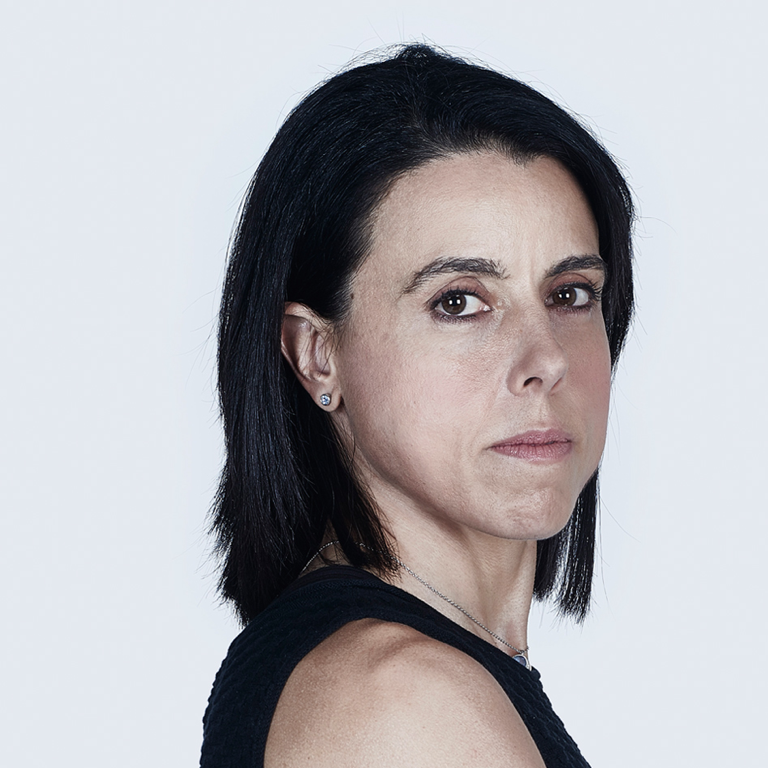
Enrica Bruno
is the founder and managing partner of Steinfl + Bruno LLP. Enrica is an EPO-qualified U.S. Patent Attorney, Past Co-Chair of the AIPLA IP Practice in Europe Committee, member of the AIPLA Harmonization committee and CEIPI tutor. Enrica has extensive professional experience in Europe and the U.S. managing worldwide patent portfolios, developing intellectual property strategies for protecting companies’ technology, preparing and prosecuting national and PCT patent applications before the U.S. and European Patent Offices, prosecuting patents in other countries, due diligence, litigation support, and drafting agreements relating to various areas of intellectual property. Enrica earned both a Laurea Specialistica (Masters Equivalent) degree in Biology and the equivalent of a Juris Doctorate both issued by the Italian University System (Università degli Studi di Palermo). Enrica has both lectured on and participated in panel discussions involving patents, both for CEIPI courses and for various institutions, including American Intellectual Property Law Association (AIPLA), American Bar Association (ABA), the American Chamber of Commerce (ACC), the State Bar of California Intellectual Property Law Section, Ordine dei Consulenti in Proprieta’ Industriale, the Association of Patent & Trademark Attorneys in the Italian Industry and various Universities including the Academia Sinica in Taiwan and the California Institute of Technology. Enrica is admitted to the State Bar of California, U.S. Patent and Trademark Office, and the Italian Patent and Trademark Office. She has been admitted to practice law in Italy and has passed the European Qualifying Examination to practice before Enrica is admitted to the State Bar of California, U.S. Patent and Trademark Office, and the Italian Patent and Trademark Office. She has been admitted to practice law in Italy and has passed the European Qualifying Examination to practice before the European Patent Office.
For more information or to contact Enrica, visit her Firm Profile Page.
Firm Profile page.

Recent Articles by Enrica Bruno
When drafting Patent Cooperation Treaty (PCT) applications, or applications intended to be prosecuted abroad, a U.S. drafter inevitably faces the challenge of providing a description in line with the requirements of different jurisdictions. By the time feedback is received from the foreign patent offices, it will be too late to make any adjustments, and important aspects of the invention may inadvertently be lost. The challenge might feel impossible when dealing with the requirements of the European Patent Office (EPO), as the European Patent Convention (EPC) regulations on written description are framed in a way that is fundamentally different from U.S. regulations. For example, the requisites of providing an adequate description and notice of the metes and bounds of the claimed invention are framed in the United States as separate requirements (written description and definiteness respectively) with different legal bases (35 USC 112(a) for written description and 35 USC 112(b) for definiteness respectively).
Preparation of the background section of a specification that complies with the requirements of both U.S. Patent and Trademark Office (USPTO) and European Patent Office (EPO) requirements is a classic conundrum for patent drafters seeking to file an application in both jurisdictions via the Patent Cooperation Treaty (PCT) or direct filings. In U.S. patent applications, statements made in the background section can be considered an admission of prior art, regardless of whether the admitted prior art would otherwise qualify under 35 U.S.C. 102 and regardless of any disclaimer made. Additionally, statements made in the background section of an issued U.S. patent can not only be used against expert testimony that describes the prior art differently and during claim construction, but also can have a limiting effect on claim interpretation. As a consequence, discussion of deficiencies in the prior art can be interpreted as a disclaimer of the related features and therefore can severely (and often inadvertently) limit the interpretation of the claims. In contrast, statements made in the background section of EPO applications that discuss deficiencies and technical problems present in the prior art are expected to be included in order to enable the reader to understand the technical contribution to the art made by the invention as claimed. In particular, according to EPO practice, the applicant is expected to discuss the technical problem solved not just in view of the closest prior art at filing (subjective technical problem), but also, more importantly, in view of the prior art cited during prosecution in the context of the problem-and-solution approach (objective technical problem). Accordingly, applicants drafting applications to be filed at the EPO tend to provide a heavy background section with discussions of cited documents, related deficiencies and problem solved and later adjust it in view of the objective technical problem in view of the objective technical problem arising during prosecution. What constitutes best practice in this scenario and how the two practices can be harmonized is controversial.

![[IPWatchdog Logo]](https://ipwatchdog.com/wp-content/themes/IPWatchdog%20-%202023/assets/images/temp/logo-small@2x.png)